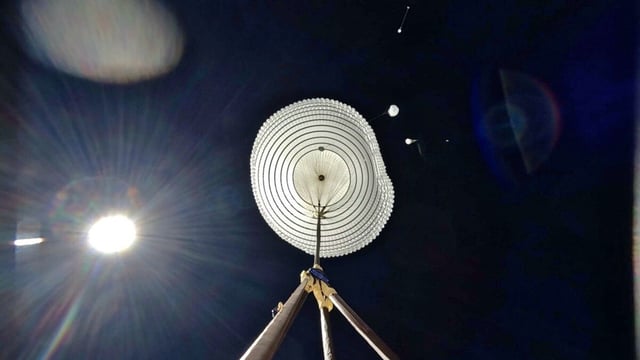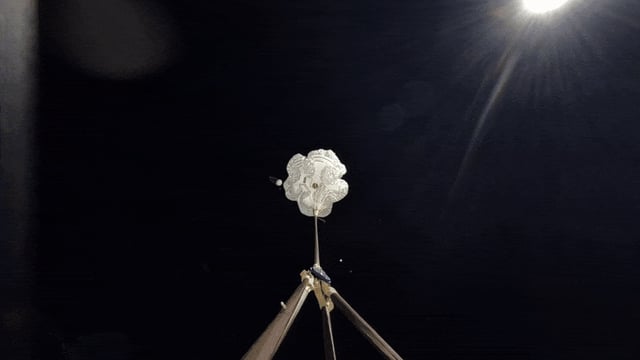Overview
- A mock descent module was released from 29 km above Esrange Space Center on July 7 to replicate Martian atmospheric entry and supersonic conditions.
- Dual-stage parachute deployment used a 15 m-wide supersonic decelerator followed by a 35 m-wide final canopy—the largest parachute ever intended for another planet.
- Telemetry and high-speed video footage are undergoing analysis by UK firm Vorticity to validate deceleration profiles and inflation behavior.
- Originally qualified in 2021 and stored during mission suspension after Russia’s invasion of Ukraine, the system demonstrated reliable performance after long-term storage.
- Successful validation of the parachute assembly advances readiness for a mid-decade launch aiming to deliver the 310 kg Rosalind Franklin rover to the Martian surface.


